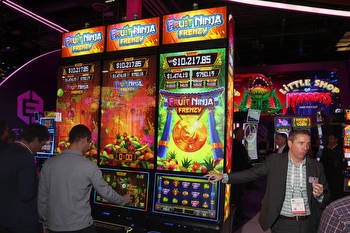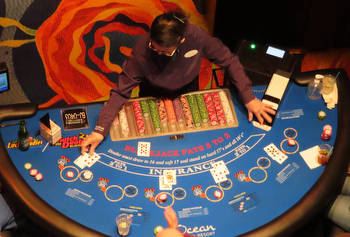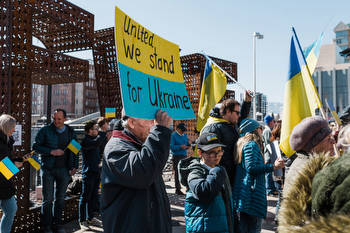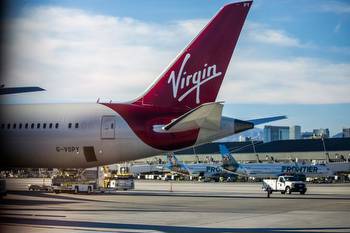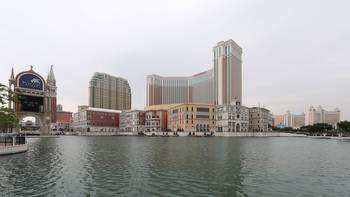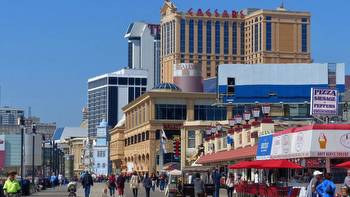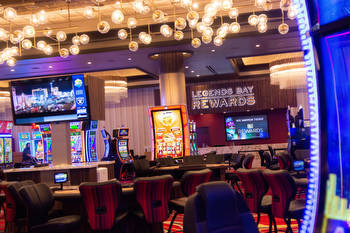Nevada casino industry responsible for 386K jobs, $90B economic impact
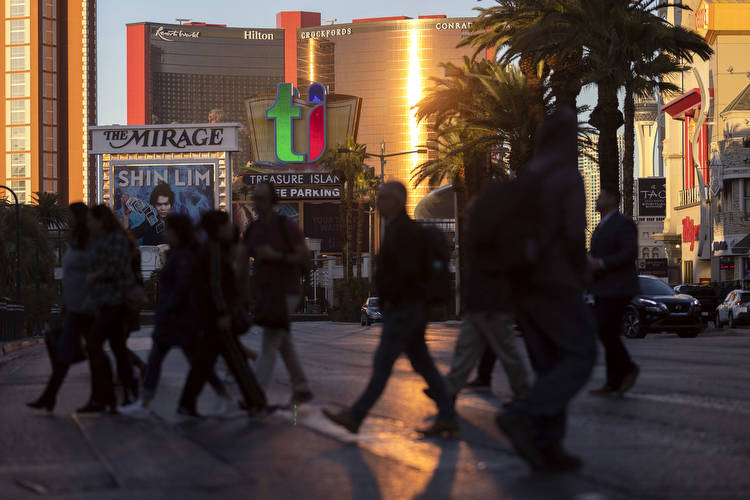
A new Nevada Resort Association report said the gaming industry paid $2.1 billion in industry-specific taxes in 2022 and has $23 billion in current or planned major tourism-related capital investment projects underway.
“2023 The Facts” is a 100-page document drafted by Las Vegas-based Applied Analysis for the NRA, an organization representing more than 70 casino operators statewide.
“This has become the source for everything from talking to the media to when I’m asked to speak to a group publicly,” NRA President Virginia Valentine said in a telephone interview. “A lot of it is educational. Some of it is advocacy.”
Valentine, who has been spending considerable time in Carson City explaining the casino industry’s view on issues that arise in this year’s legislative session, said the resource quantifies figures the organization uses to explain its viewpoints.
Published every other year, “The Facts” — previously known as the “Nevada Gaming Fact Book” — provides a comprehensive view of the contributions of the state’s largest industry through employment, capital investment, tax revenue, philanthropic activities and environmental sustainability initiatives through a presentation of graphs, charts and visuals.
“It provides a good perspective with the overall goal of telling a story about what tourism does for the state,” Valentine said. “This report puts the data behind those numbers and puts the meat behind the topline things we talk about.”
This year’s edition says Nevada’s gaming industry is responsible for:
— Supporting 386,200 direct, indirect and induced jobs (27 percent of the state’s total workforce).
— $21.4 billion in direct, indirect and induced wage and salary payments.
— $90.7 billion in total economic impact (43 percent of the state’s total gross domestic product).
— Generating 35 percent of the state’s general fund revenue.
— $14.6 billion in gaming revenue in the 2022 fiscal year.
Because she works so closely with the industry on a regular basis, Valentine said this year’s report offered no surprises. But she was happy to see a higher-than-expected participation level of the social impact highlights by casino companies.
“One of the things we did this year was we tried to tell the story about some of the corporate responsibility initiatives the companies make,” she said. “This year, we had a really robust response.”
Among the listings in this year’s edition are water saving standards by Boyd Gaming Corp.’s linen and uniform services facility; MGM Resorts International’s mega solar array; the Palms’ grants and awards to UNLV and to 30 local charities; Red Rock Resorts’ contribution to COVID-19 emergency response, food donations and public education funding; Resorts World Las Vegas’ response to 55 charitable organizations, focusing on a variety of causes ranging from animal welfare to homelessness; and volunteerism programs overseen by The Venetian and Wynn Resorts.
“Those kinds of things are hard to quantify because every resort is doing things differently,” Valentine said.
She said the gaming industry’s collective reinvestment in the city would help the state power through future fears about inflation and recession.
The resource lists 57 Nevada tourism investments totalling $23 billion — 46 of them in Southern Nevada with projects either under construction or planned.
Not all of that investment is coming directly from resort companies, but taxation on those companies contribute to projects like the Tropicana Avenue interchange project on Interstate 15, pedestrian bridges over Las Vegas Boulevard and the repaving of Las Vegas Boulevard in anticipation of the Formula One Las Vegas Grand Prix in November.
rvelotta@reviewjournal.com or 702-477-3893. Follow @RickVelotta on Twitter.














